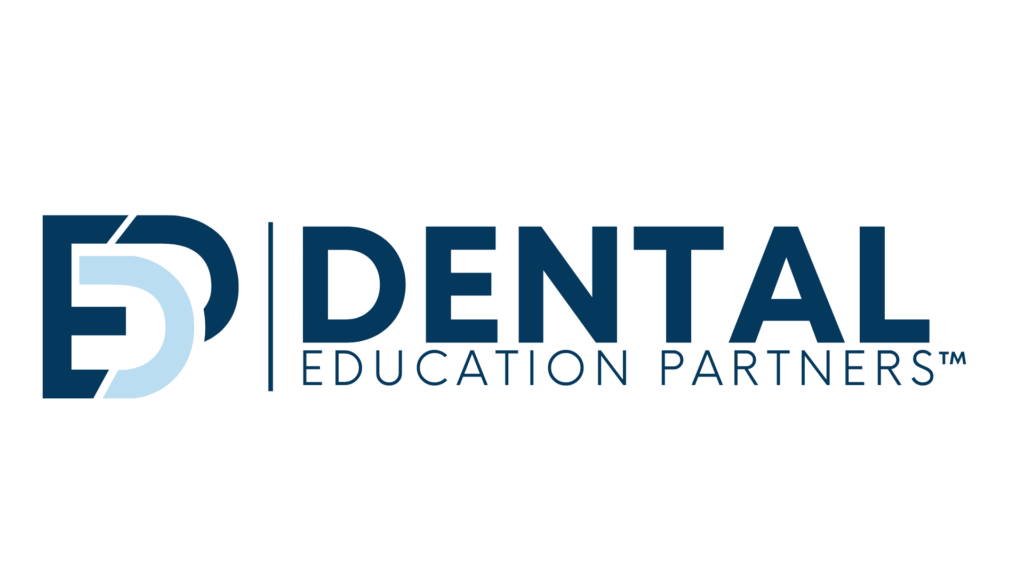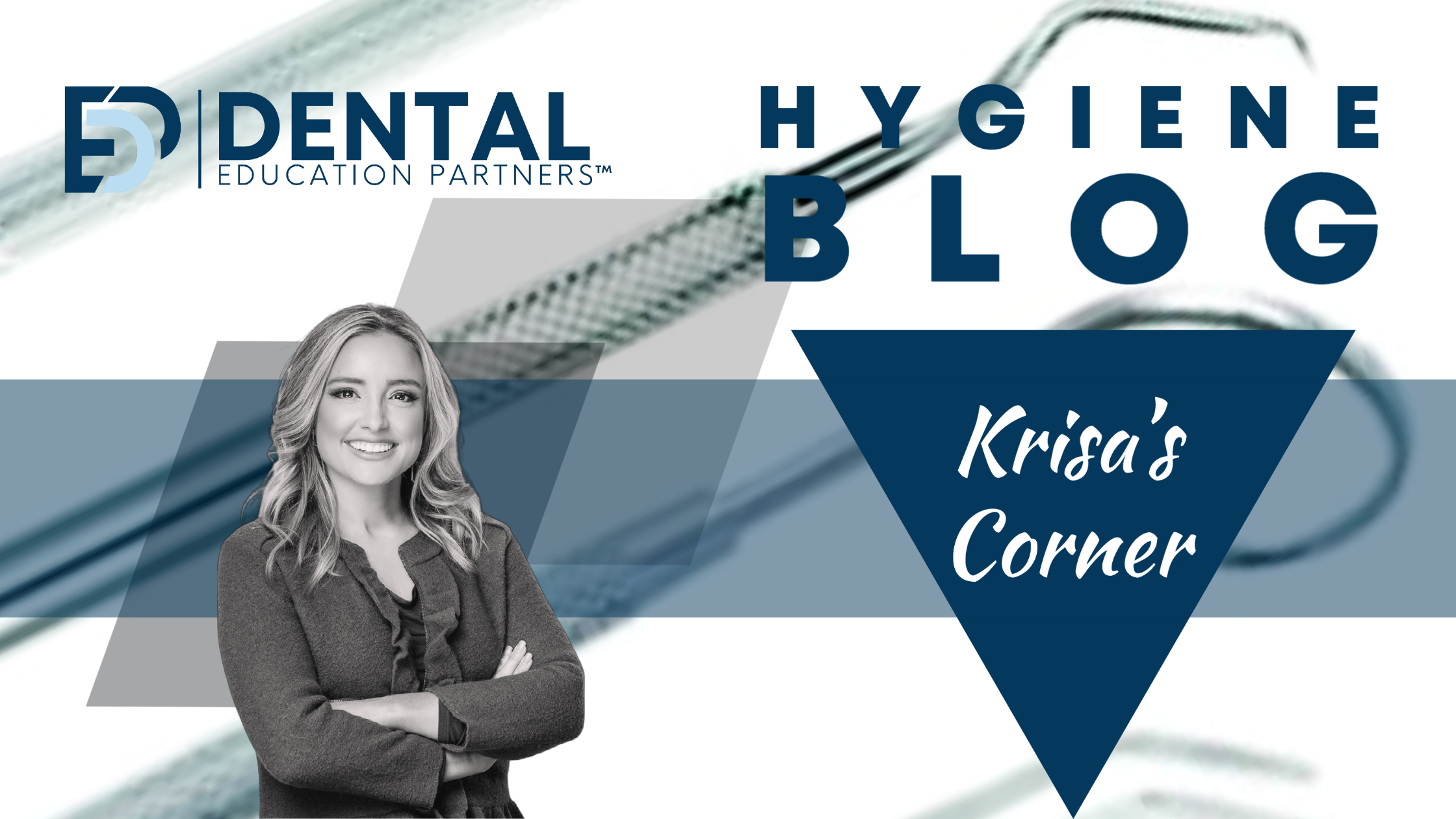The field of dentistry has undergone significant transformations over the past century, with a constant endeavor to expand our reach and improve the lives of patients. While the traditional model of dental care persists, alternative models such as assisted hygiene have emerged in the past two decades. Assisted hygiene allows for a broader reach within the community and the delivery of quality care to a larger patient population. In this article, we will explore the assisted model of care in dental hygiene practices, discuss the optimal timing for transitioning to this model, and provide best practices for its implementation.
Before delving into the details, it is crucial to understand the impact of hygiene on practice profitability and why maintaining a full schedule in hygiene is of utmost importance. As the saying goes, “Time is money,” and this holds true in dental practices. Julie Whiteley, a dental hygienist, highlights that leaving one hour of open hygiene time per day in an office with an average hourly production of $150 in hygiene results in a loss of $3,000 per month or $36,000 per year (Whiteley, 2018). Additionally, downtime and its effect on overhead costs and the restorative schedule must be considered (Whiteley, 2018).
In the traditional model of care, dental hygienists perform all the tasks independently. They have control over the entire appointment, seeing around eight patients a day depending on the schedule. However, there are instances where assistance from others would be beneficial. For example, having help with periodontal charting or cleaning the operatory room can alleviate the workload on hygienists. Furthermore, with the assistance of others, hygienists can focus more on patient care and deliver a higher quality of service. This is where assisted hygiene comes into play.
Assisted hygiene involves hygienists exclusively performing tasks within their licensed scope of practice for maximum profitability, akin to how dentists manage their schedules. The primary focus for hygienists should be on enhancing the patient’s experience by providing quality care within a specified time limit. By offloading unnecessary tasks to assistants, hygienists can allocate more time to each procedure, accommodate periodontal patients effectively, and even provide same-day periodontal treatment (Watterson, 2011).
Dianne Glasscoe Watterson, an experienced dental hygienist, emphasizes that careful planning and proper implementation of the assisted hygiene model can unlock numerous opportunities within a practice (Watterson, 2011). With a dedicated hygiene assistant, hygienists can see more patients, deliver better care, and work more efficiently. Patients also perceive a higher level of service when they are not left alone in the operatory. Assisted hygiene is a win-win solution for patients, hygienists, and the practice. Particularly in times like the present, with a shortage of hygienists and a backlog of patients due to the COVID-19 pandemic, the assisted model can help practices maintain the same recall frequency for patients and offset the loss of production (Watterson, 2011).
Implementing the assisted hygiene model is relatively straightforward when an overflow operatory is available. The dental assistant can take the patient’s medical history, perform any necessary X-rays, assist in periodontal charting, and help with polishing and sealant placement if certified for expanded duties. The assistant should remain present during the examination (Dowst-Mayo, 2013). Stagger-booking appointments, where all appointments are overlapped by 30 minutes, is a common practice with this model (Dowst-Mayo, 2013).
An alternative approach, shared by Burkhart Dental Supply, involves an assistant providing assisted hygiene in the morning for one hygienist and in the afternoon for another hygienist. This arrangement allows for scheduling of scaling and root planing (SRP) and periodontal maintenance visits with the hygienist who is not managing the assisted schedule (Burkhart Dental Supply).
Training an assistant for assisted hygiene requires allocating time for proper instruction. Hygienists should allow the assistant to shadow them several times to grasp the flow of appointments. Modeling the desired patient interaction and treatment approach is crucial to ensure patients receive the highest level of service. Contact me to get a complimentary copy of a 60-minute hygiene-assisted model.
In conclusion, embracing the assisted hygiene model requires hygienists to relinquish control and delegate tasks. We must adopt an adaptable and open-minded approach to care, leaving behind outdated practices and embracing the advancements in dentistry. Assisted hygiene enables us to be more productive, work efficiently, and provide excellent care to all patients. We can integrate this model into daily practice without burnout by fostering a positive communication and cohesiveness culture. As providers, it is our responsibility to be creative and adaptive, consistently delivering excellent care to all patients.
References:
Whiteley, J. (2018). Compassion & production: Can they coexist? RDH Magazine. Retrieved from https://www.rdhmag.com/patient-care/in-office-preventive/article/16408062/compassion-production-can-they-coexist
Watterson, D. G. (2011). Assisted hygiene. RDH Magazine. Retrieved from https://www.rdhmag.com/patient-care/radiology/article/16408711/assisted-hygiene
Dowst-Mayo, L. (2013). Breakin’ time down! RDH Magazine. Retrieved from https://www.rdhmag.com/career-profession/article/16406304/breakin-time-down
Burkhart Dental Supply. (n.d.). Hygiene Scheduling Options. Retrieved May 26, 2023, from https://www.burkhartdental.com/pandemic-recovery-guide/scheduling-2/hygiene-scheduling-options/


